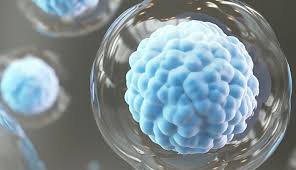How successful is regenerative medicine?
Regenerative medicine in Dubai is a rapidly evolving field that aims to restore or replace damaged tissues and organs using biological therapies. While the field is still in its early stages, there have been some notable successes in regenerative medicine.
One of the most promising areas of regenerative medicine is stem cell therapy. Stem cells are unspecialized cells that have the potential to differentiate into various cell types in the body. They can be obtained from various sources, including embryos, bone marrow, and adipose tissue. Stem cells have been successfully used to treat a variety of conditions, including certain types of cancer, immune disorders, and blood disorders.
Another area of regenerative medicine that has shown promise is tissue engineering. This involves using cells, scaffolds, and growth factors to create new tissue that can be transplanted into the body. Tissue engineering has been used to create skin grafts for burn victims, cartilage for joint repair, and blood vessels for heart bypass surgery.
In addition, regenerative medicine has also been used to develop new therapies for conditions such as diabetes, Parkinson's disease, and spinal cord injuries. While these therapies are still in the early stages of development, they show promise for improving the quality of life for patients with these conditions.
Overall, regenerative medicine has shown great potential for treating a variety of conditions and restoring function to damaged tissues and organs. While there are still many challenges to overcome, the field is continuing to grow and develop new therapies that have the potential to transform medicine in the coming years.
However, it is important to note that regenerative medicine treatment Dubai is still in the early stages of development and there are several challenges that need to be addressed. One of the biggest challenges is ensuring that the new tissues or organs are safe and effective. This involves understanding the biology of the cells being used and how they interact with the surrounding tissues.
Another challenge is the need for standardized protocols for the production and testing of regenerative therapies. This is necessary to ensure that the therapies are consistent and reproducible, which is critical for their success
In addition, the cost of regenerative therapies can be a barrier to their widespread adoption. Many of these therapies are still experimental and may not be covered by insurance, making them inaccessible to many patients.
Despite these challenges, the field of regenerative medicine continues to grow and develop new therapies. As our understanding of the biology of stem cells and tissue engineering improves, it is likely that regenerative medicine will become an increasingly important part of healthcare in the future.



Comments
Post a Comment